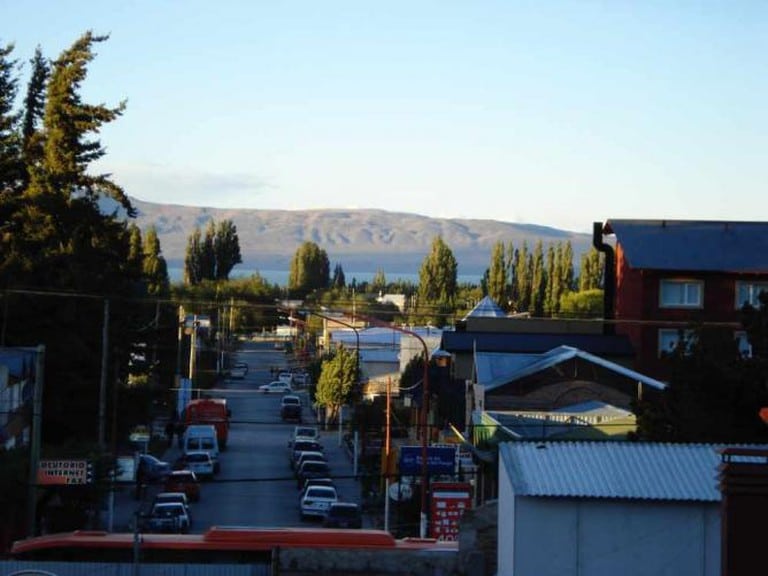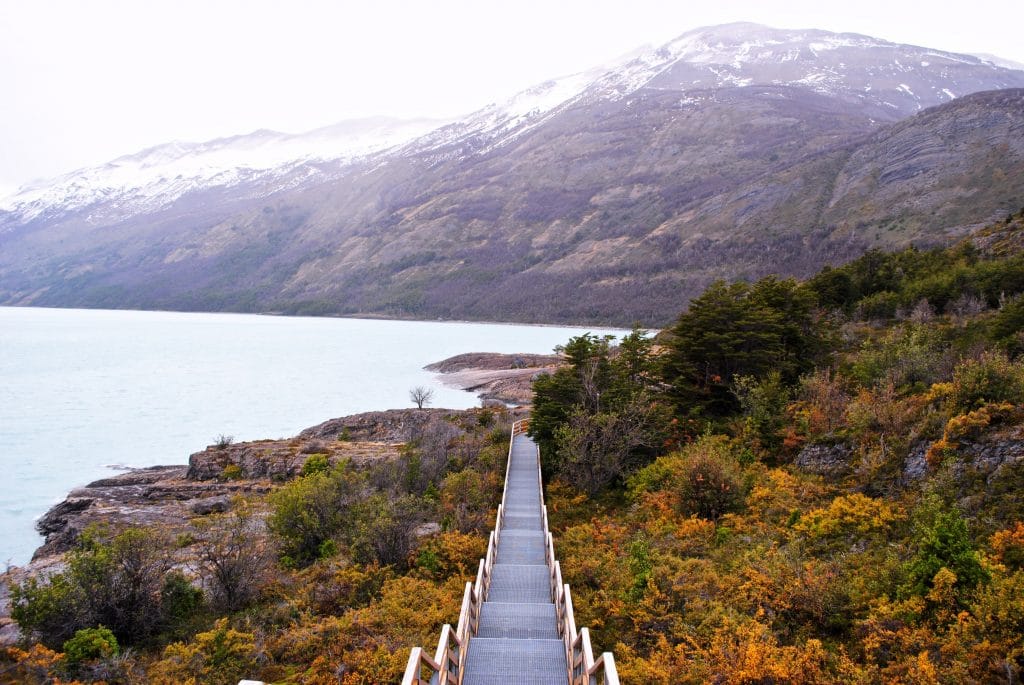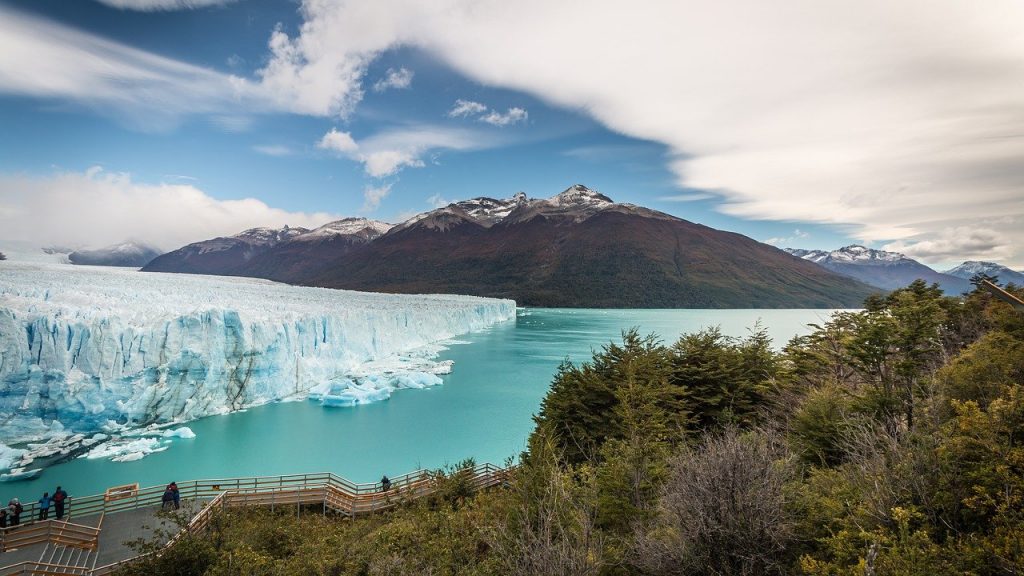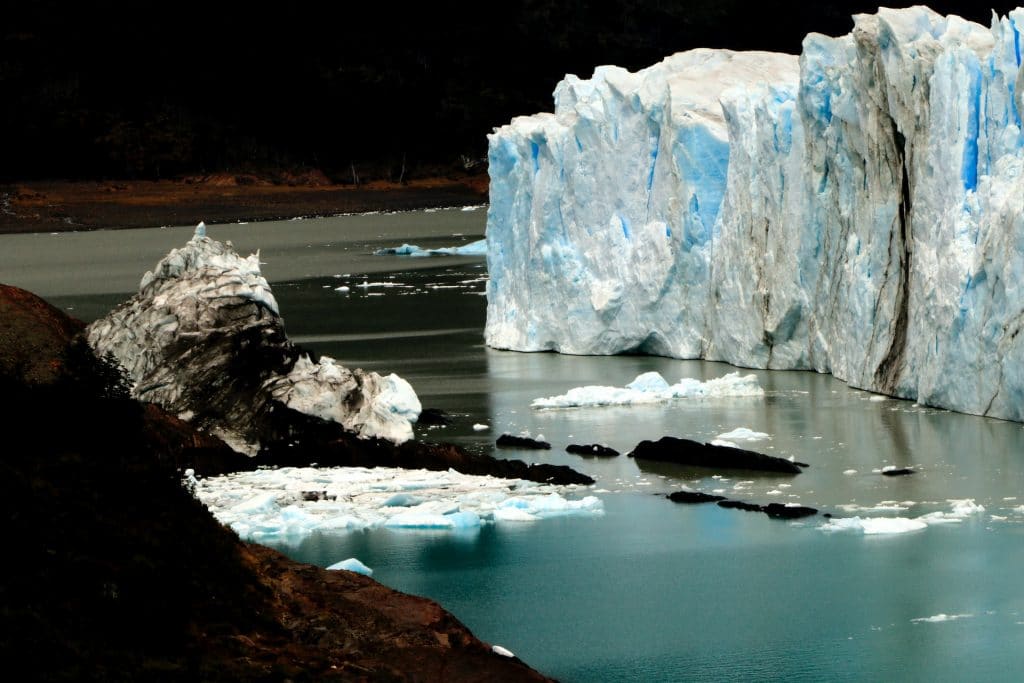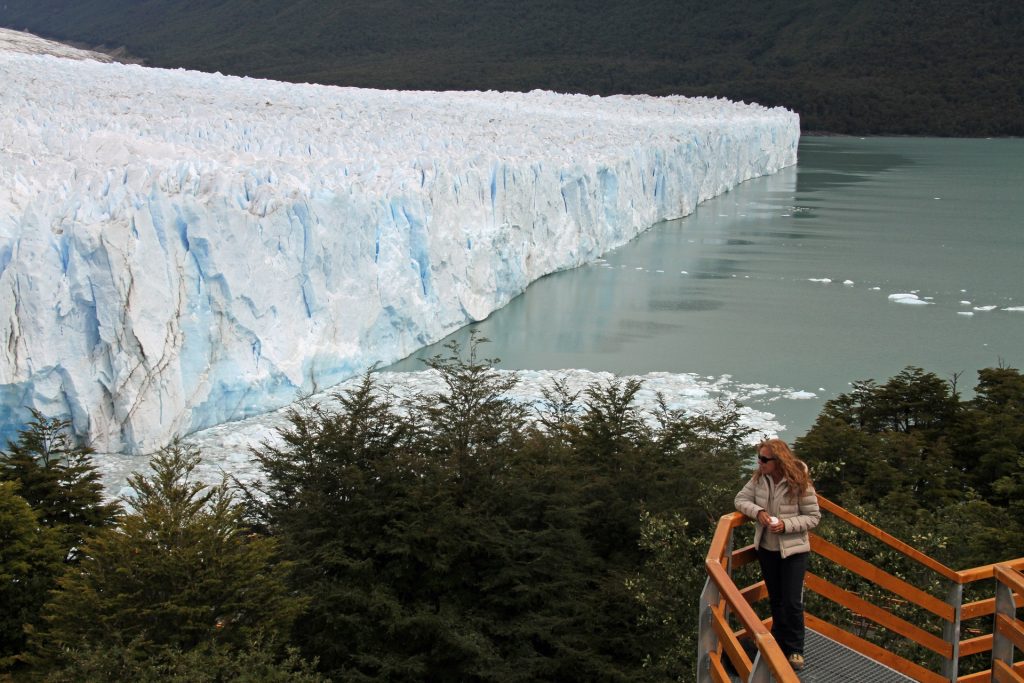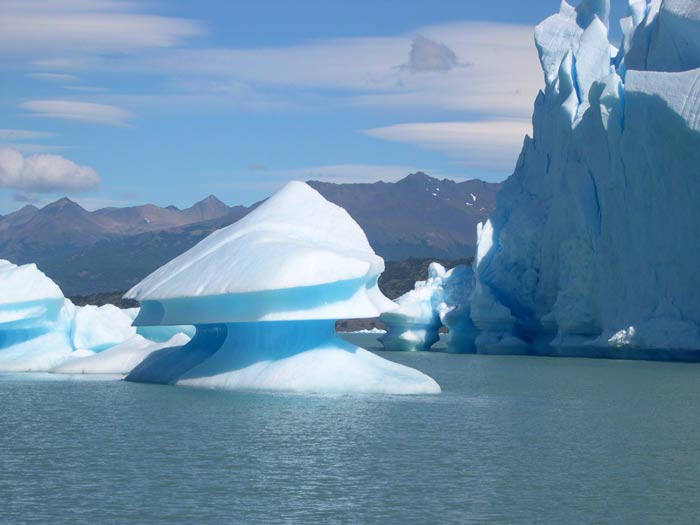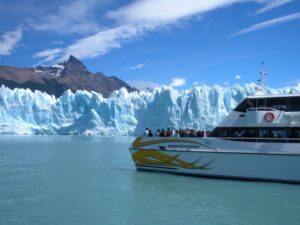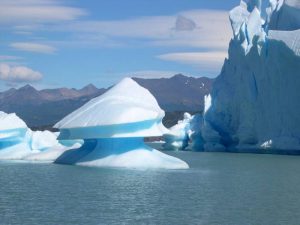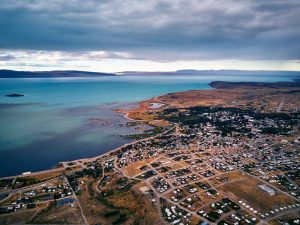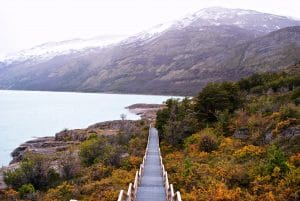What to see in El Calafate. El Calafate is a small city in the extreme south of Argentina with a small population, but a large number of tourists who visit it throughout the year, with the main objective of seeing the Perito Moreno Glacier within the Los Glaciares National Park.
While the city is small, there are many expeditions or tours to the National Park that depart from here for visitors to get the most out of, as well as some good attractions within El Calafate itself.
Where to eat in El Calafate
How to get to Calafate
Where is El Calafate
What to do in El Calafate in 3 days
Where to stay in Calafate
Upsala Glacier
Perito Moreno Glacier- What to see in El Calafate
The main attraction of Los Glaciares National Park is the Perito Moreno glacier, and one of the best ways to get close to it is from the visitor center, which has a very good trail that covers several different viewing angles. From the observation platforms, you can see the starting point of Perito Moreno, 35 kilometers away at the top of the Andes.
Another way to get closer to the Perito Moreno Glacier is on a boat trip. From the boat, visitors can really feel the vastness of the glacier (it is 60 meters high), and if they wait long enough, they are likely to see a large chunk of ice fall from the front.All hotels and hostels in El Calafate offer tours which include a boat trip and time at the visitor center.
Hike through a glacier-What to see in El Calafate
For the more adventurous visitors, another way to experience the Perito Moreno is to walk through one of them.
These walks are called “mini trekking” the simplest and “Big Ice” the most complex that requires crampons and some preparation.
The walks usually last half a day, and are not extremely physically challenging. However, being able to walk through a glacier that moves (very slowly) is a unique and worthwhile experience.
Again, most hotels and hostels can book treks for their guests, or there are many tour companies on El Calafate’s main street that can do the same.
El Chaltén
Many visitors who pass through El Calafate also take a trip to El Chaltén , a nearby town located within Glacier National Park, home to Mount Fitz Roy, a mountain with popular trekking and hiking routes. The views from the mountain are impressive, especially on clear days when hikers can see miles. It is very cold and wintry throughout the year, and it is not advisable to climb the mountain during the winter months (April-October). El Chaltén itself is a very small town, so visitors often leave El Calafate for a night in El Chaltén to experience nature and then return to take a connection elsewhere.
Glaciers around Lake Argentino
Perito Moreno is not the only glacier in Los Glaciares National Park. Other glaciers including Upsala and Spegazzini, which are smaller than Perito but nonetheless impressive.
The best way to see the other glaciers is on a full-day boat tour, which takes visitors around Lake Argentino, Argentina’s largest lake and the lake where all the melted ice from the glacier ends.
The color of the water in the lake is greenish-gray, due to the sediment collected by the glacier ice when it moves from the top of the surrounding mountains.
The lake is vast and really beautiful to look at. Boat tours can be booked at hotels, hostels or travel agencies on the main street.
Laguna Nimez- What to see in El Calafate
A 15-minute walk from the center of El Calafate is an ecological reserve, Lake Nimez.
The area is protected and is a refuge for a great variety of birds, of which the largest and most fascinating is the Chilean flamingo.
The reserve is also a microcosm of the Patagonian landscape, encompassing examples of plants and wildlife from the wetlands, the desert steppe, and the shores of Lake Argentino.
There is a self-guided boardwalk that takes visitors throughout the reserve, and a visit can last between one and three hours, depending on how much time visitors spend observing wildlife. For a break from the glaciers, Laguna Nimez is a beautiful and surprising attraction.
Historical Interpretation Center
Another option for visitors, within the town of El Calafate itself, is the history museum, which details the natural history of the surroundings. Covers the history of Patagonia since the ice age, including useful information on glaciers, as well as dinosaurs, extinct animals, indigenous peoples, and the formation of other geographic landscapes.
Exhibits are presented through a variety of media, including models, photos, and real-life archaeological discoveries. The exhibition information is in Spanish and English and is accessible to children and adults.
Opening hours: 10 am-8pm every day
Glaciarium- What to see in El Calafate
The Glaciarium is a bit of a tourist cliché, but it is nonetheless popular and well worth a visit.
After a couple of days exploring Glacier National Park, visitors often want to experience the cold and ice up close, so they take a trip to the Glaciarium.
However, it is not a typical ‘ice bar’; Inside there is a small museum with exhibits and videos that explain how glaciers form, as well as the geology of the area and climate change. At the end of the tour there is an ice bar where visitors have 20 minutes to enjoy their choice of ice cold drink.
Opening hours: September to April, 9 a.m. M. At 8 p. M. Every day; May-August, 11 am-7pm every day
Petrified Forest La Leona
This petrified forest gives visitors a completely different impression of the area. A long way from Glacier National Park, the dry, sandy rock landscape is filled with petrified trees, as well as dinosaur bones and other fossils.
The atmosphere is haunting, as visitors imagine what the land was like, although they may be able to observe some of the wildlife that now inhabits the area, including guanacos and Andean birds. Visitors can only go to the area on a guided tour as it is private land.



